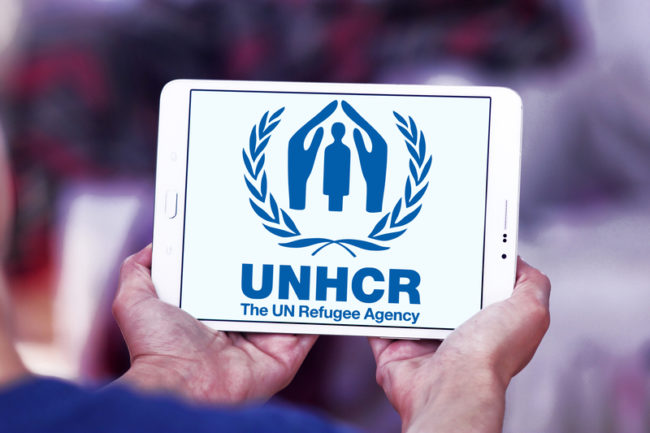
Horror has again struck some of the world’s most desperate people. The UN migration agency (IOM) said a boat carrying at least 400 people capsized and sank off the coast of Greece reportedly killing 79 children, women and men but 104 others had been rescued.
A coast guard official who saw the incident on Wednesday said the heavily laden boat sank within 15 minutes and many people may have drowned without ever being able to reach the boat’s decks. In effect, hundreds more may have died.
UN chief Antonio Guterres said he was horrified at the news of dozens more deaths in the Mediterranean. On Tuesday, IOM released figures showing nearly 3,800 people had died on migration routes within and from the Middle East and North Africa last year – the highest number since 2017, when 4,255 deaths were recorded.
This year’s first quarter saw 441 migrants die in the central Mediterranean, and since 2014 more than 26,000 people have died or gone missing on all the routes combined.
Greek media reports said the boat that sank off the coastal town of Pylos was on its way to Italy having set sail from the Libyan city of Tobruk. The shipwreck is the deadliest off the Greek coast so far this year.
UN refugee agency (UNHCR) chief Filippo Grandi said he felt “sadness and anger after another deadly tragedy at sea”. His agency reported on Wednesday that the number of people displaced by war, persecution, violence and human rights abuses stood at a record 110 million in May this year, up more than 20 million from 2021. This was the biggest ever increase.
“These figures show us that some people are far too quick to rush to conflict, and way too slow to find solutions. The consequence is devastation, displacement, and anguish for each of the millions of people forcibly uprooted from their homes,” he pointed out, referring indirectly to the growing anti-immigration pressures in the US and Europe.
The full-scale war in Ukraine, alongside conflict elsewhere and climate-driven upheaval meant more people than ever remained uprooted from their homes last year. Out of the global total of 108.4 million in 2022, 35.3 million were refugees (people who crossed an international border to find safety), 62.5 million people were displaced in their home countries, 5.4 million were asylum-seekers and 5.2 million were other people in need of international protection.
The war in Ukraine was the top driver of displacement in 2022. The number of refugees from Ukraine soared from 27,300 at the end of 2021 to 5.7 million at the end of 2022 – representing the fastest outflow of refugees anywhere since World War II.
Estimates for the number of refugees from Afghanistan were sharply higher by the end of 2022 due to revised estimates of Afghans hosted in Iran, many having arrived in previous years. Similarly, the report reflected upward revisions by Colombia and Peru of the numbers of Venezuelans hosted in those countries.
Most of the refugees and displaced persons are hosted in countries outside Europe. The 46 least developed countries account for less than 1.3 per cent of global gross domestic product, yet they hosted more than 20 per cent of all refugees. International funding falls far short of their needs.
The largest numbers are currently in Türkiye with 3.6 million refugees, followed by Iran 3.4 million, Colombia 2.5 million, Germany 2.1 million, and Pakistan 1.7 million.
In the right conditions, refugees and displaced persons do return home. In 2022, over 339,000 refugees returned to 38 countries, with significant voluntary returns to South Sudan, Syria, Cameroon and Côte d’Ivoire. About 5.7 million internally displaced people returned in 2022, notably within Ethiopia, Myanmar, Syria, Mozambique and the Democratic Republic of the Congo.
“Much more must be done to end conflict and remove obstacles so that refugees have the viable option to return home voluntarily, safely and with dignity,” said Grandi.
Photo 155056399 © Ruletkka | Dreamstime.com
















